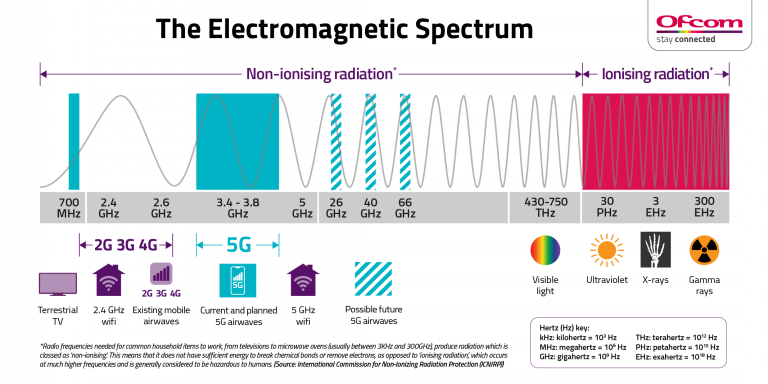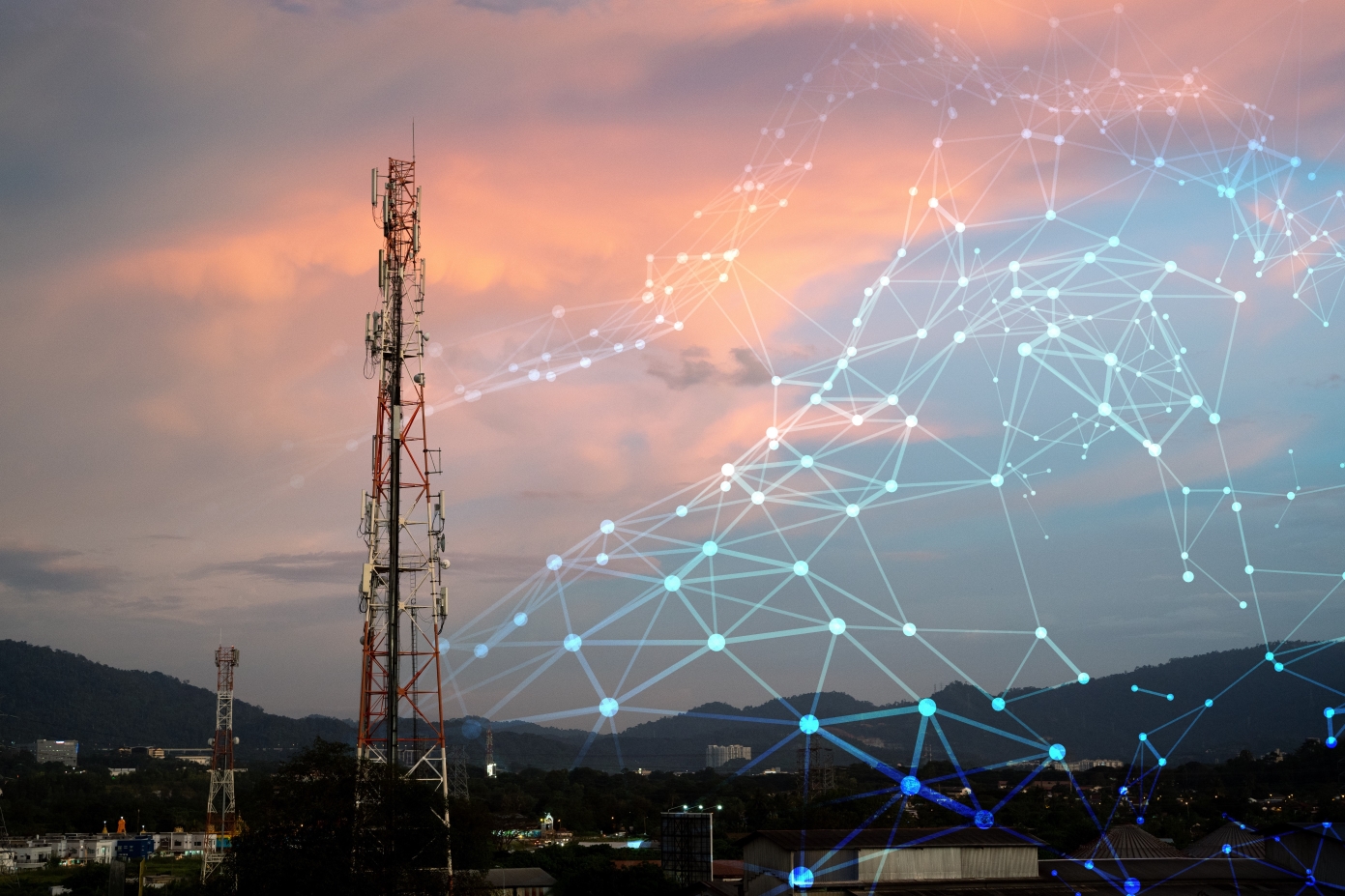There has been a lot of misinformation posted on social media about 5G in relation to human health. Watch the video above and read our Q&A guide to find out the facts.
Q. What is 5G?
A. It’s the next generation of wireless mobile technology promising download speeds 10 times faster than 4G, much lower latency or time lag, and greater capacity, meaning more people can use it at the same time without any connectivity issues. It could underpin the smart cities of the future, enabling driverless cars, drones, traffic lights, pollution sensors, even street lamps, to communicate with each other, collect and share data.
Read our in-depth guide: 5G: Everything you need to know.
Q. Can 5G cause coronavirus?
A. No way. 5G is made up of radio waves – particles of light – while coronavirus is a parasitical biological organism that needs to hijack the cells of living creatures to survive for longer than a few hours or days. The two are completely separate things. Online conspiracy theories linking 5G and coronavirus are “complete rubbish” and “non-science”, say scientists quoted by the Science Media Centre.
Q. Is 5G safe to use?
A. Yes. 5G may be a new mobile standard, but the radio waves it uses have been around for decades and thousands of scientific studies have shown them to be safe for humans. It’s important to understand where they sit in the electromagnetic spectrum and the energy levels at which we use them.
Q. What’s the electromagnetic spectrum?
A. Glad you asked. Have a look at the diagram below.

Credits: Ofcom
The electromagnetic spectrum is the full range of electromagnetic radiation in the universe – waves of energy at different wavelengths or frequencies. Generally, the higher the frequency, the higher the energy level.5G sits in the portion of the spectrum that includes the radio waves we use for mobile phones, your home Wi-Fi and baby monitors. These waves have much less energy even than visible light.
Q. Wait, radiation? Isn’t that dangerous
A. Ah, you’re probably thinking of nuclear radiation, which is dangerous. The radiation we’re talking about – radiofrequency electromagnetic field (RF EMF) radiation to be precise – isn’t dangerous at all at the very low energy levels used for mobile communications.
Q. How so?
A. 5G radio waves don’t have enough energy to harm living cells, break chemical bonds or damage DNA. They call this low-energy kind of EMF radiation non-ionising. It’s the extremely high frequency ionising radiation at the other end of the spectrum – X-rays, Gamma rays – that are potentially harmful.
Effectively, all non-ionising radiation can do is warm up living cells. This is why there are strict international quidelines setting maximum levels of EMF radiation that we should be exposed to from phones, masts, antennas, and base stations.
Q. Who sets these guidelines?
A. An independent body of scientists, called the International Commission on Non-Ionising Radiation Protection (ICNIRP), looks at all the available scientific evidence and sets guidelines for maximum safe exposure levels to EMF radiation. It recently updated these guidelines in March 2020 and concluded that 5G was completely safe if these guidelines were followed.
Q. Who checks that these guidelines are being followed?
A. In the UK, the Health and Safety Executive (HSE), a government agency, enforces the limits on masts’ non-ionising radiation levels. HSE, along with Public Health England, part of the Department of Health, has adopted ICNIRP’s guidelines, as have the World Health Organisation and the European Commission.

And UK media and telecoms regulator Ofcom tests EMF emissions at masts and base stations – including those from 5G – to check that they comply with ICNIRP’s guidelines. Ofcom’s most recent tests (April 2020) found that 5G emissions were just 0.039% of ICNIRP guidelines. Even including emissions from other mobile technologies, such as 3G and 4G, the maximum level measured was just 1.5%.
![Happy friends cheering [Adobe Stock]](https://www.vodafone.co.uk/newscentre/app/uploads/2024/07/Happy-friends-cheering-Adobe-Stock.jpg)



![2-Young man enjoying a rugby match at the stadium[Adobe Stock] stock image of a happy bearded man in the stands at a stadium enjoying a rugby match](https://www.vodafone.co.uk/newscentre/app/uploads/2024/04/2-Young-man-enjoying-a-rugby-match-at-the-stadiumAdobe-Stock.jpg)


